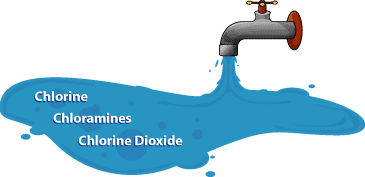Course Glossary
This shows the specialized terms used in EarthWise Academy. This section contains all the definitions used in the various course glossaries used by each course.
Special | A | B | C | D | E | F | G | H | I | J | K | L | M | N | O | P | Q | R | S | T | U | V | W | X | Y | Z | ALL
Entries starting with: D |
|---|
Design Basis ThreatDesign Basis Threat (DBT) Description of a specific adversary and mode of attack that has a degree of likelihood of occurring.
|
DestabilizedA condition in which the electrical charge of particles has been neutralized.
|
Detected ContaminantAny contaminant detected at or above its detection limit.
|
Detection LimitThe amount of a substance with that EPA has determined to be the minimum concentration that can be measured and reported with 99% confidence that the true value is greater than zero.
|
Detention TimeThe theoretical time that a parcel of water or other liquid spends in a particular treatment unit or reservoir.
|
Diatomaceous EarthA fine material made up mostly of the skeletal remains of single cell, microscopic algae with a rigid, box-like internal structure consisting mainly of silica.
|
Digester CapacityThe total volume in gallons that a digester(s) can hold, or the volume used during the monitoring period, if not operating at full capacity.
|
Discharge Monitoring ReportDischarge Monitoring Report (DMR) |
DisinfectantsSubstances that are added for the purpose of killing or inactivating the pathogenic (disease-causing) bacteria found in water.
|
Disinfection Byproducts PrecursorsOrganic substances that combine with disinfectants to form potentially carcinogenic compounds such as HAA5’s and TTHM’s.
|
